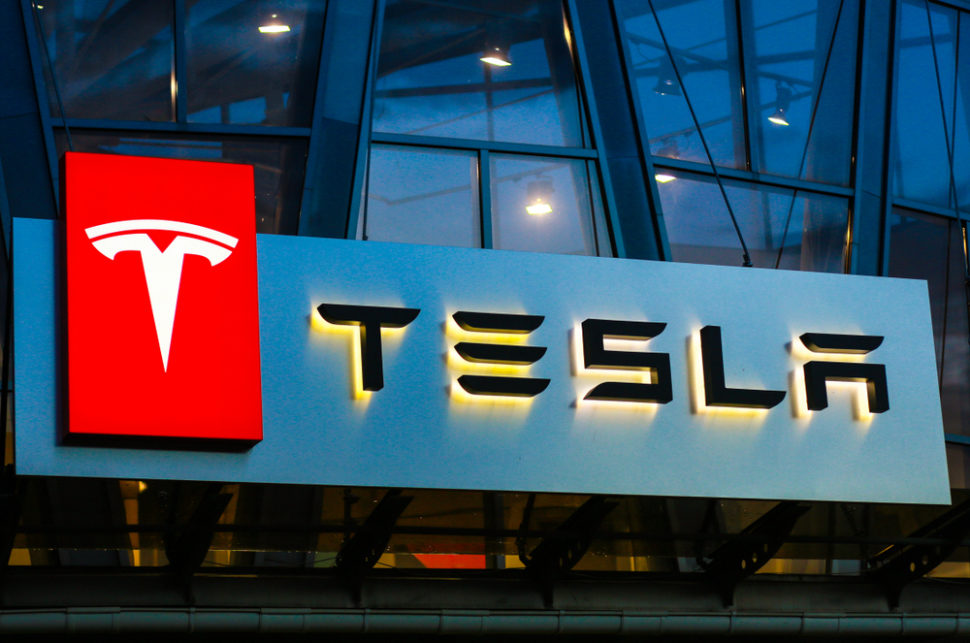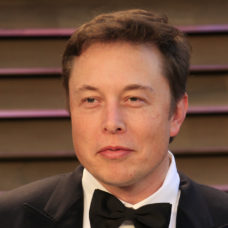Earlier this week, Tesla announced its latest energy storage product designed for utility-scale projects: the Megapack.
In a statement, Tesla said that the Megapack was engineered to meet the global demand for massive battery storage projects like the one in Hornsdale, South Australia.
Known as the largest lithium-ion battery facility in the world, Hornsdale’s energy installation was constructed in 2017 by Elon Musk in just 100 days. It’s composed of Tesla Powerpack batteries and has since helped cut South Australia’s grid service cost by 90 percent.
Because of the project’s success, and the growing need for large-scale batteries that can store back up energy for future use, Tesla decided to take its Powerpack product to the next level. Tesla said:
“Megapack significantly reduces the complexity of large-scale battery storage and provides an easy installation and connection process.”
Tesla said that Megapack is set to be used at the Moss Landing project in California, a large battery system it’s working on together with Pacific Gas & Electric.
Megapack: Energy Storage for Large-Scale Projects
According to Tesla, each Megapack energy storage will come from the factory fully-assembled and equipped with up to 3 megawatt-hours (MWHs) of storage. It also has an inverted capacity of 1.5 MW, which was built on Powerpack’s “AC interface and 60% increase in energy density to achieve significant cost and time savings.”
With the Moss Landing project, Tesla aims to use Megapack as a sustainable alternative to the natural gas “peaker” power plants in California. To date, these peaker power plants are used as back up source of electricity when the local utility grid can’t provide enough power to meet peak demand. Tesla noted:
“They (peaker power plants) cost millions of dollars per day to operate and are some of the least efficient and dirtiest plants on the grid. Instead, a Megapack installation can use stored excess solar or wind energy to support the grid’s peak loads.”
Like Powerpack, Megapack installations will be monitored and monetized using Tesla’s advanced system called Powerhub. Through Powerhub, large-scale utility projects and microgrids can be easily controlled and monitored, or be integrated with Autobidder for automated energy trading.



















Comments (0)
Most Recent